Potatoes were imported from Chile by European conquerers and tradespeople – the most famous of these being state-sponsored pirate Sir Walter Raleigh, who established one of the the earliest European potato plantations on his estate in Western Ireland.

From there, it does not take a genius to work out how potatoes ended up in India. The Portuguese and British colonists put them there in the 1600–1700s – first the Portuguese on the western coast near Goa (as ‘batata‘), and then the Brits in colonial Bengal (as ‘alu‘).
The British, being notorious bastards at that time, had an ulterior motive for promoting potato production in a climate seemingly unsuited to it. American economist Adam Smith had worked out (using maths and all that) that a labourer could be nutritionally maintained by a smaller plot of land if he ate potatoes instead of rice – Smith spilled out four paragraphs on the topic in his seminal Wealth of Nations.
The notorious East India Company latched onto this idea like a rabid dog on a jogger’s leg. You see, for the British, Smith’s arithmetic meant that if the British Raj bribed the indigenous Indian people to plant potatoes, then not only would the locals be grateful, but there would also be more locals per square foot of agriculture – all of whom could be enslaved to labour on civil engineering projects around the Empire. By the 1700s, potatoes were being grown all over Northern India, and they eventually made it over the border into Nepal. Many railways were constructed.
In 1814, a typically patronising letter was written home by a wife of one of the colonial overlords, who wrote of the Indian potato:
“The natives are all fond of it, and eat it without scruple.”
In the final analysis, it is fair to say that by the end of the Raj, the potato had never fully supplanted rice in Indian cuisine. However today, potatoes are still used in the region to such a degree that nutritionists will point out that Indian cuisine is one of the few where two kinds of starch (rice and potato) frequently feature in the same meal.
This dish of aloo tikki is by chef Atul Kochhar who describes it as coming from Lucknow, in the central area of northern India, just south of the Himalayas. This dish was taught to Andrew and me at Leith’s School of Food and Wine when we went there for a course with Atul. Further ferreting around reveals that chef Atul has been carrying this recipe around with him for a while – it has even been pictured on tables at Benares in Mayfair where Atul gained an accolade as the first Indian chef ever to achieve a Michelin star. The aloo tikki are perfectly complemented with a lightly spiced, sweet and sour east Indian ‘tomotor chotni‘ (tomato chutney).
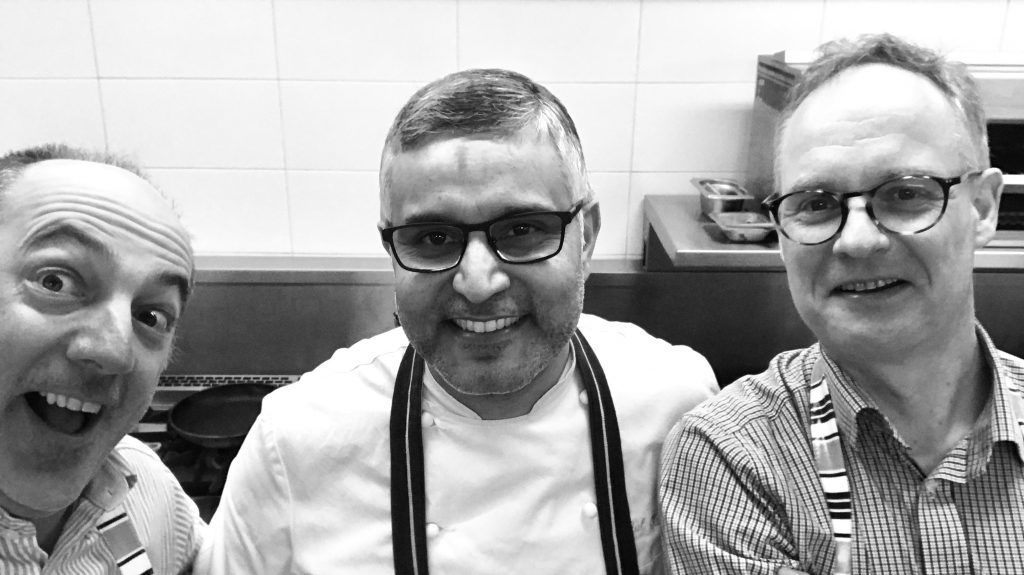
Aloo tikki Atul Kochhar
Ingredients
- For the tomato chutney (makes 300g)
- 2 tbsp vegetable oil
- Half a tsp onion seeds
- Half a tsp fennel seeds
- Half a tsp cumin seeds
- Half a tsp mustard seeds
- 1 dried chilli (or 1 tsp chilli flakes)
- 175g brown sugar
- 150ml white wine vinegar
- 500g ripe tomatoes, chunked up
- Salt to taste
- For the potato cakes:
- 400g potatoes, peeled and quartered
- 1.5 tsp cumin seeds, toasted and lightly crushed
- Half a tsp red chilli powder
- 1 tbsp fresh root ginger, chopped
- Half a tsp green chillis, chopped
- 2 tbsp coriander leaves, chopped
- Salt
- 1 tbsp vegetable oil
Instructions
For the tomato chutney:
Heat the oil in the pan and add all the spices and dried chilli. Cook until the spices start to crackle. Add the vinegar and sugar, and simmer to and dissolve the sugar in the liquid.
Add the tomatoes and salt, and cook on low for about 1h, stirring frequently to break down the tomatoes (the salt helps with this process). Continue to simmer until the sauce is nice and thick with no clear-running liquid.
Spoon into sterilised jars, lid and chill. This chutney will store up to 2 months.
For the potato cakes:
Parboil the potatoes for 5–7 mins, drain, cool and grate into a bowl.
Add all the other ingredients apart from the oil, combine and add salt to taste.
Make the mixture into cakes about 1cm thick and 3cm round. Chill for 20 mins.
Heat the oil in a frying pan, and cook the cakes on either side until nicely browned. Serve hot with room-temperature chutney.
Notes
I have tried making these in a burger press to keep them even and together. This is a bad idea as they lose surface texture for crisping, and look like something out of a food factory in Milton Keynes. Don't do that.

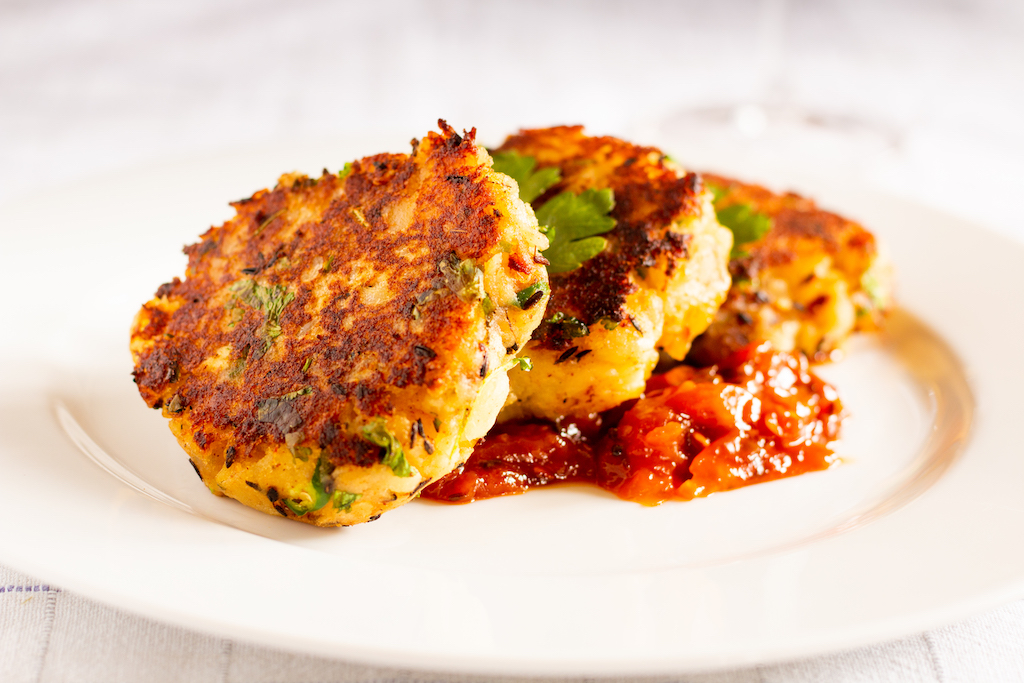

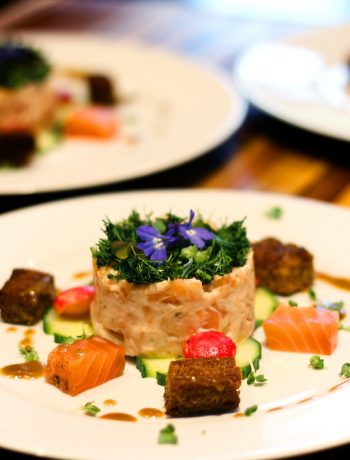
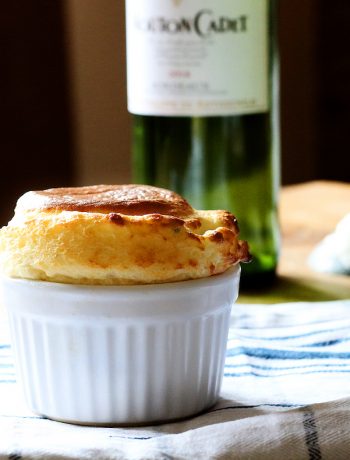
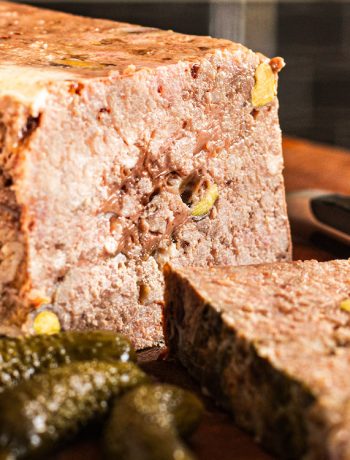
No Comments